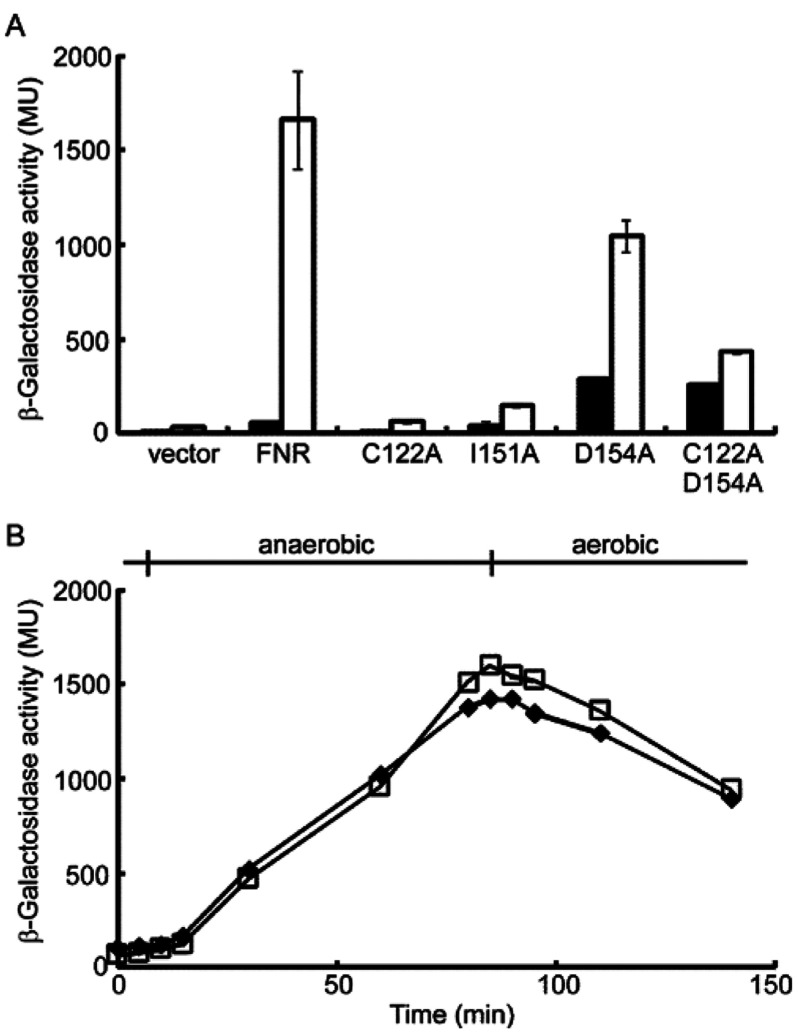Figure 1. In vivo responses of FNR variants to O2.
(A) Reporter gene (lacZ) expression driven from a single-copy chromosomal FNR-dependent synthetic promoter (FF-41.5) was measured for exponential-phase aerobic (closed bars) and anaerobic (open bars) cultures. The chromosomal copy of fnr was deleted from the host strain so that the regulatory properties of the indicated FNR variants could be estimated by measuring β-galactosidase activity (Miller units, MU). The data shown are means±S.D. for at least three independent experiments. (B) Dynamics of FNR and D154A FNR regulatory activity when O2 was withdrawn or introduced into E. coli cultures. Cultures were grown under aerobic conditions to mid-exponential phase before transfer to anaerobic conditions and then back to aerobic conditions. Throughout the experiment, samples were removed for measurement of β-galactosidase activity as a proxy for FNR activity. The β-galactosidase activities shown are corrected by subtraction of the activities obtained for C122A FNR from those for FNR and C122A/D154A FNR from 154A FNR to remove any non-iron–sulfur cluster-dependent changes. FNR, closed diamonds; D154A FNR, open squares. The data shown in (B) are typical of three independent experiments.

